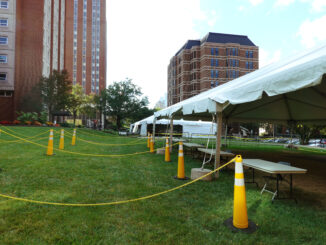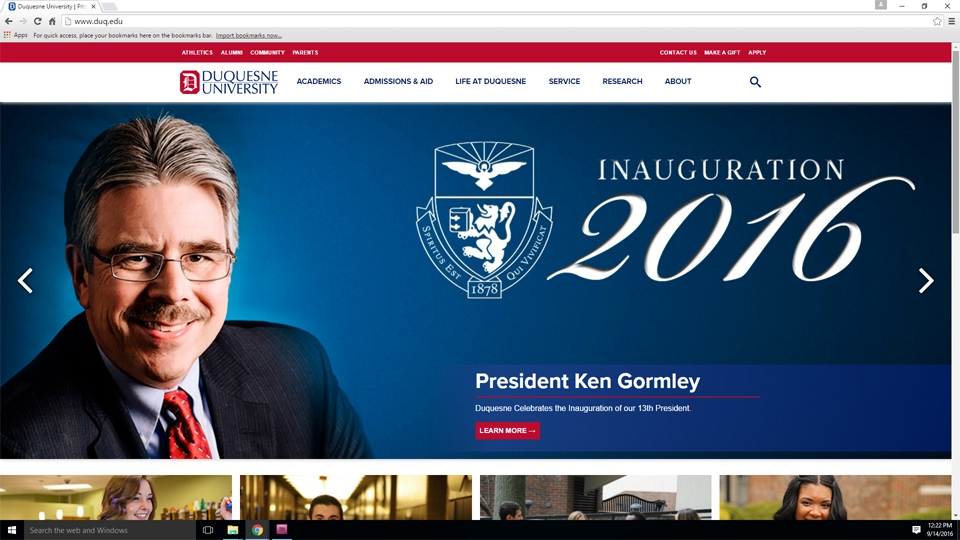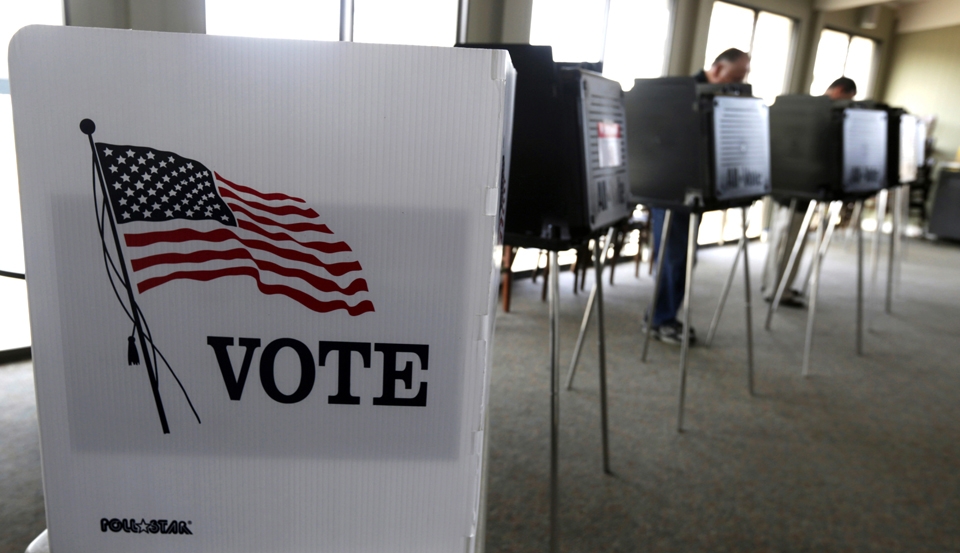08/27/2020
Noah Wilbur | Opinions Editor
With the fall semester commencing across America, institutions of higher education have developed stringent reopening plans with the intentions of providing a near-normal college experience while proactively reducing the likelihood of a campus-wide outbreak. Universities introduced rigorous preventive measures to ensure a safe environment for students and faculty in response to the threat of which we are all familiar, known as COVID-19.
Requiring masks on school property, daily health screens, frequent temperature checks and considerably limiting capacity in all buildings are a few examples of the policies being set in place by administrations.
Campuses appear practically unrecognizable as the typical bustle of traveling college students and busy professors is no longer reality for the foreseeable future.Student bodies and university personnel must face the uphill battle of navigating constant uncertainty stemming from the new reality that we all live in now.
The most challenging and burdensome change in the academic experience is the transition from face-to-face instruction to a hybrid model blending both traditional and online learning.Beginning in early March, international and domestic students first shifted to an online format – an endeavor into the unknown. Fast-forward five months and the virus has wreaked havoc around the country with more than 5.5 million cases in the United States alone.
Nevertheless, with students and parents indicating a preference for in-person classes and President Trump’s relentless push to restore traditional schooling, higher education institutions appear adamant to resume normal operations to some extent.
As a result, the majority of universities are offering students two opportunities to receive an education this fall: either remain in the comfort of one’s residence and complete the courses solely online or partake in blended learning.
Combining traditional and online instruction seems rather feasible at first glance: continue with face-to-face classes while incorporating the flexibility of online learning to limit social engagement and thus prevent the spread of COVID-19.
Although the virus might be successfully controlled, can the hybrid model provide a valuable and worthwhile education while simultaneously preparing young adults for the real-world adversity that awaits them?
My criticism arises from the fact that the blended approach lacks sustainability due to the learning curve with technology among students and professors, as well as the inevitable obstacles that emerge from the heavy use of technology.
Some of these barriers include technical failures, lack of technological literacy, high maintenance costs, miscommunication between professor and students, online temptations and lack of motivation, cognitive overload and the increased likelihood of plagiarism.
Most importantly, however, students are missing the opportunity of physically interacting and collaborating with peers – a critical factor in the development of well-rounded individuals. Even with a blend of in-person and online learning, it is nearly impossible for students to engage with one another when such austere restrictions are enforced.
Without social stimulation and networking with classmates, professors and industry professionals, they will fail to develop the interpersonal skills necessary to reach their full potential in life after college.
The success of the hybrid model is ultimately contingent on whether students choose to hold themselves accountable by remaining focused on their coursework and making the utmost effort to “participate” in classes and other networking events whether virtual or face-to-face.
In the end, an education unifying traditional and online instruction is an effective alternative for self-disciplined and driven individuals, whereas more dependent learners will certainly struggle in the online learning environment.




